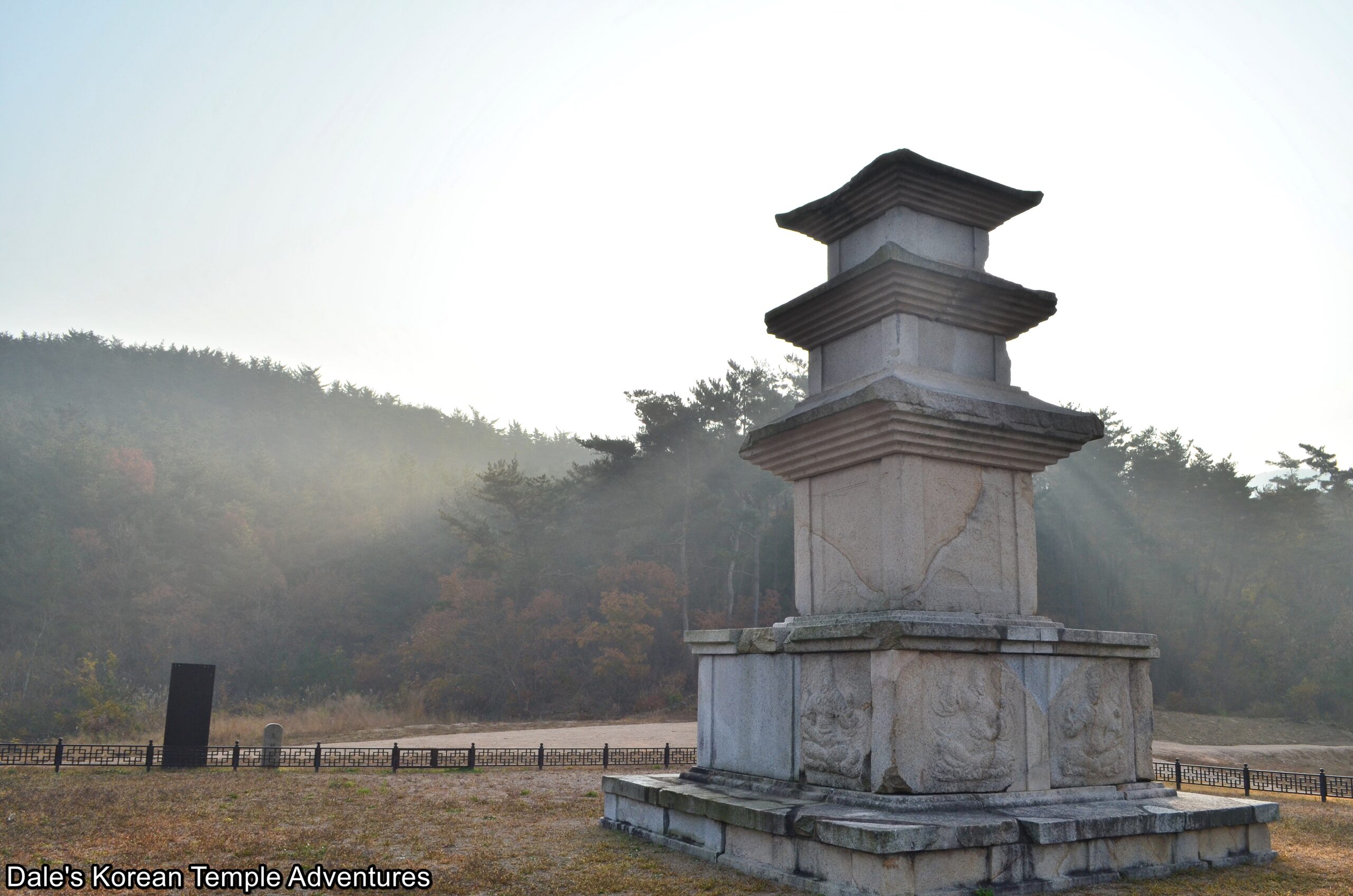
Temple Site History
The Changnimsa-ji Temple Site is located on the northwestern foothills of Mt. Namsan in Gyeongju, Gyeongsangbuk-do. It’s believed that the temple site dates back to at least the 8th century based upon the age of the “Three-Story Stone Pagoda at Changnimsa Temple Site of Namsan Mountain,” which also just so happens to be Korean Treasure #1867. It’s believed that the temple continued to operate throughout the Goryeo Dynasty (918-1392), until it finally fell into disrepair during the early part of the Joseon Dynasty (1392-1910). Purportedly, the Changnimsa-ji Temple Site is also the site of the first Silla palace, which was erected by King Hyeokgeose of Silla (r. 57 B.C. – 4 A.D.), who was the founding monarch of the Silla Dynasty (57 B.C. – 935 A.D.). While this was called a palace/castle, it’s nothing of what we imagine when we think of a walled-off castle. Instead, it was probably something far more simplistic and the reason that Banwolseong was built later.
The Changnimsa-ji Temple Site largely remained in ruins until Japanese Colonial Rule (1910-1945), when the Japanese took a keen interest in Mt. Namsan as a whole. A lot of archaeological work was conducted on Mt. Namsan, which also included the Changnimsa-ji Temple Site; and more specifically, the “Three-Story Stone Pagoda at Changnimsa Temple Site of Namsan Mountain.” In 1976, the scattered pieces of the pagoda were gathered, and the pagoda was rebuilt. The pagoda was made a Korean Treasure in March, 2015.
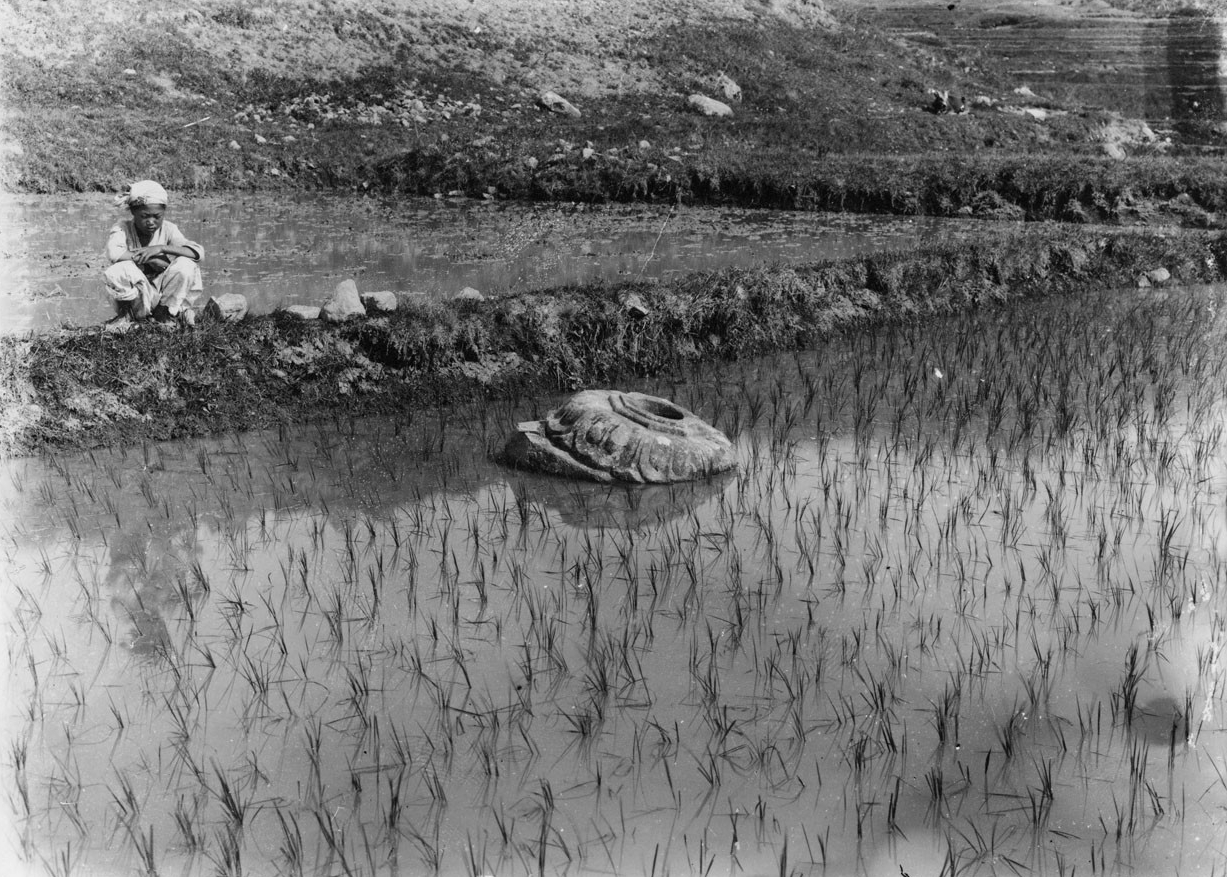
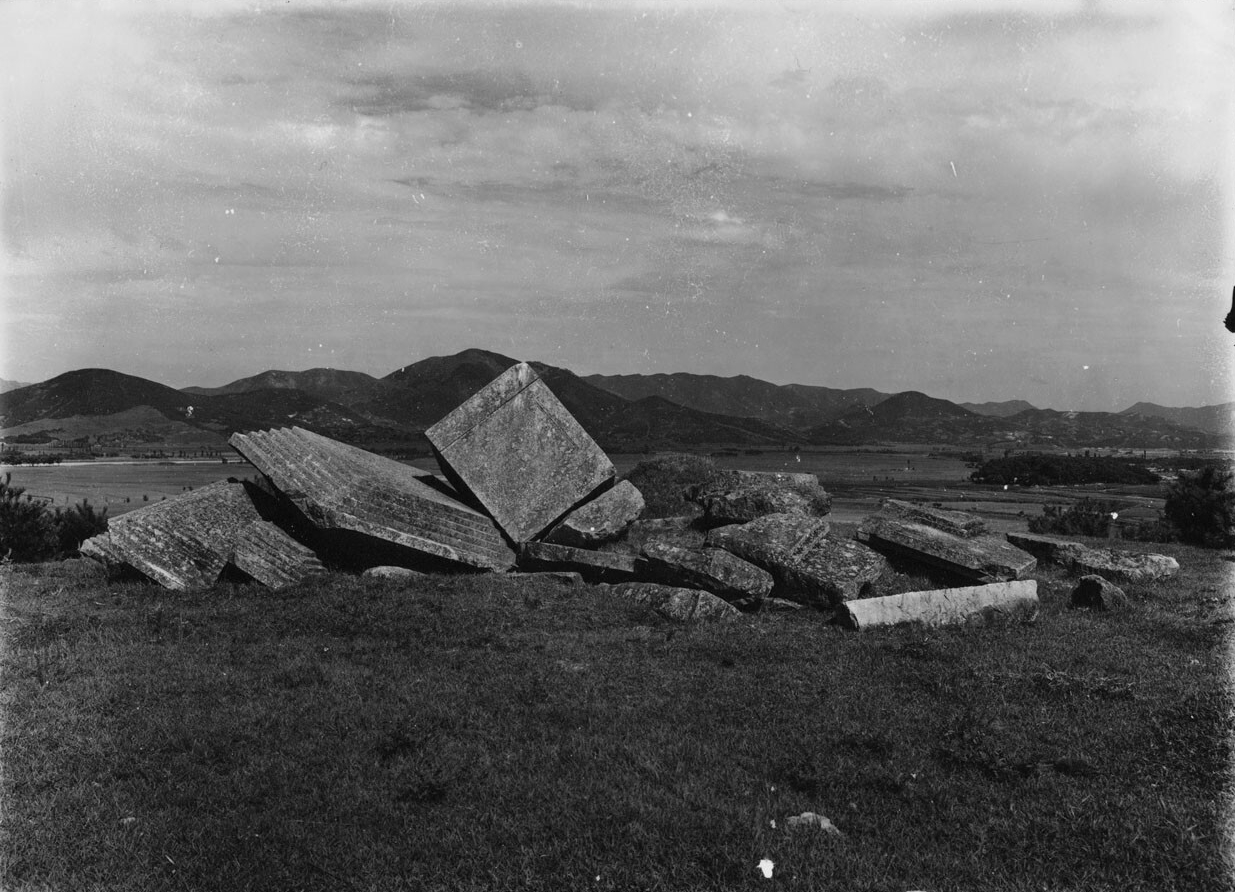
Temple Site Layout
The Changnimsa-ji Temple Site is one of the most difficult locations to get to on Mt. Namsan. While you can see the “Three-Story Stone Pagoda at Changnimsa Temple Site of Namsan Mountain” from the neighbouring roadside, the temple site is difficult to get to. It’s located up a network of farmer’s fields, dirt roads, and elevated roads that bisect rice fields. You eventually reach the Changnimsa-ji Temple Site from the south through a forested roadway. In fact, and about 10 years ago, the temple site was hidden in a forest.
The first thing to greet you, in a clearing, is the “Three-Story Stone Pagoda at Changnimsa Temple Site of Namsan Mountain.” The pagoda enjoys a beautiful view of the valley below from its elevated position. The three-story pagoda stands nearly seven metres in height, and it’s the tallest pagoda on Mt. Namsan. According to records, the pagoda dates back to 855 A.D. The base of the pagoda is supported by a double-tier, which was crafted from a single block of stone. The base of the pagoda is adorned with the Palbu-shin, or the “Eight Legions” in English, which are guardians that protect the Dharma. Because of the damage that incurred from the pagoda’s collapse, only the four frontal deities still exist. Replacing the four missing deities are four newly constructed plain panels that help support the weight of the three-story structure. As for the three-stories, they are typical of the Silla pagoda design. And the finial that formerly adorned the top of the pagoda is missing. According to records found inside the “Three-Story Stone Pagoda at Changnimsa Temple Site of Namsan Mountain,” the pagoda formerly enshrined relics of the Buddha, Seokgamoni-bul (The Historical Buddha). These relics were enshrined inside the pagoda during the reign of King Munseong of Silla (r. 839-857 A.D.). This is based upon the Joseon Dynasty calligrapher, Kim Jeong-hui (1786-1856), who acquired the “Mugujeongtap-wongi,” which is the engraved copperplate from inside the “Three-Story Stone Pagoda at Changnimsa Temple Site of Namsan Mountain.”
Besides the “Three-Story Stone Pagoda at Changnimsa Temple Site of Namsan Mountain,” you’ll find the “Changnimsa Temple Site Turtle-Shaped Stele” out in front of the pagoda to the west. This stele was formerly housed in the tree-line of the mountain, but its more recently been moved out in front of the pagoda with the rest of the temple site artifacts like the stone base to temple shrine halls. So don’t be like me and trek through the bramble and rose bushes down the bluff to the north to get to the former home of the “Changnimsa Temple Site Turtle-Shaped Stele.” Truly, the new location of the stele is much easier to get to, fortunately. The former body to this stele is long gone, as are the heads of the turtles; however, the overall artistry of the stele still remains. The uniquely designed stele has chubby front legs for the turtle base that looks rather cute. In addition, the body stone that once stood is well-known. Reportedly, the calligraphy written on the body stone was made by Kim Saeng. We know this because the Chinese scholar, Zhao Ziang, in his twenty-first volume of the “Augmented Survey of the Geography of Korea,” which specifically focused on Gyeongju, made a note of the calligraphy of the “Changnimsa Temple Site Turtle-Shaped Stele.” Zhao Ziang specifically wrote in this text, “…These words on the Changnimsa monument were written by a monk in Silla called Kim Saeng. The strokes are deep and it has regularity – even reputed sculptors of China could not write better. There is that saying, ‘No matter where you are, there will always be a person of talent.'”
How To Get There
From the Gyeongju Intercity Bus Terminal, you’ll need to walk about 750 metres, or 11 minutes, to get to the “Hwangridan-gil” bus stop. You can take either Bus #505 or Bus #507. You’ll need to take one of these buses for 7 minutes, or 8 stops, and get off at the “Poseok-jeong” bus stop. You’ll then need to walk east for about 13 minutes, or 900 metres, through backroads with the pagoda as your guide on the mountainside, to get to the Changnimsa-ji Temple Site.
Overall Rating: 3.5/10
Just getting to the Changnimsa-ji Temple Site can be an adventure in and of itself. And if you attempt to find the “Changnimsa Temple Site Turtle-Shaped Stele” in its former location, it can be an even greater adventure. With all that being said, the redevelopment of the Changnimsa-ji Temple Site from its former foresty location is wonderful. The reconstructed “Three-Story Stone Pagoda at Changnimsa Temple Site of Namsan Mountain” is beautiful with its four of eight guardians around its base, as well as the headless “Changnimsa Temple Site Turtle-Shaped Stele” down the hillside to the west of the three-story pagoda. This temple site is definitely one of the trickier sites to get to, not only in Gyeongju, but in all of Korea. But a little adventure never hurt anyone, so enjoy!
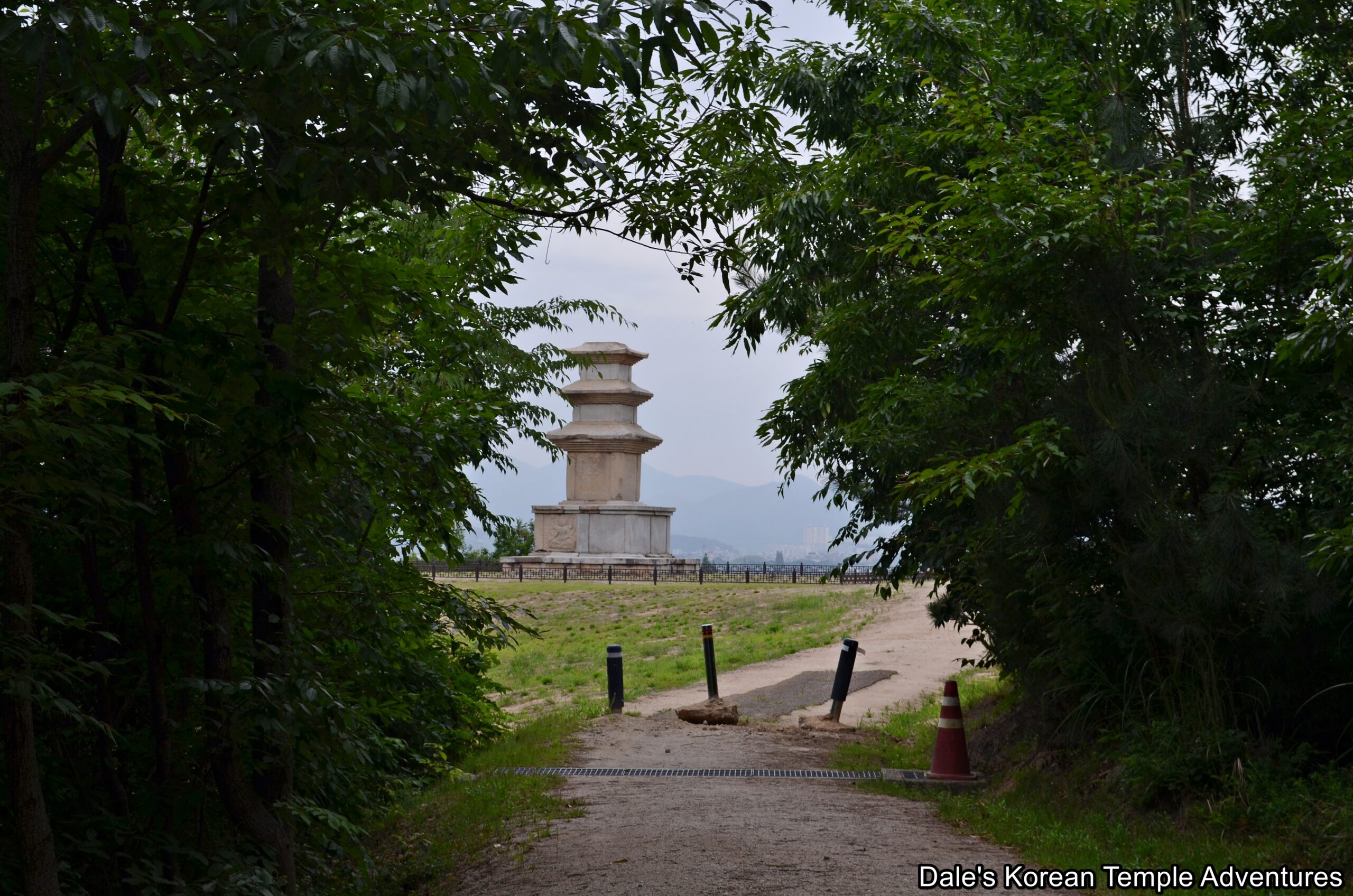
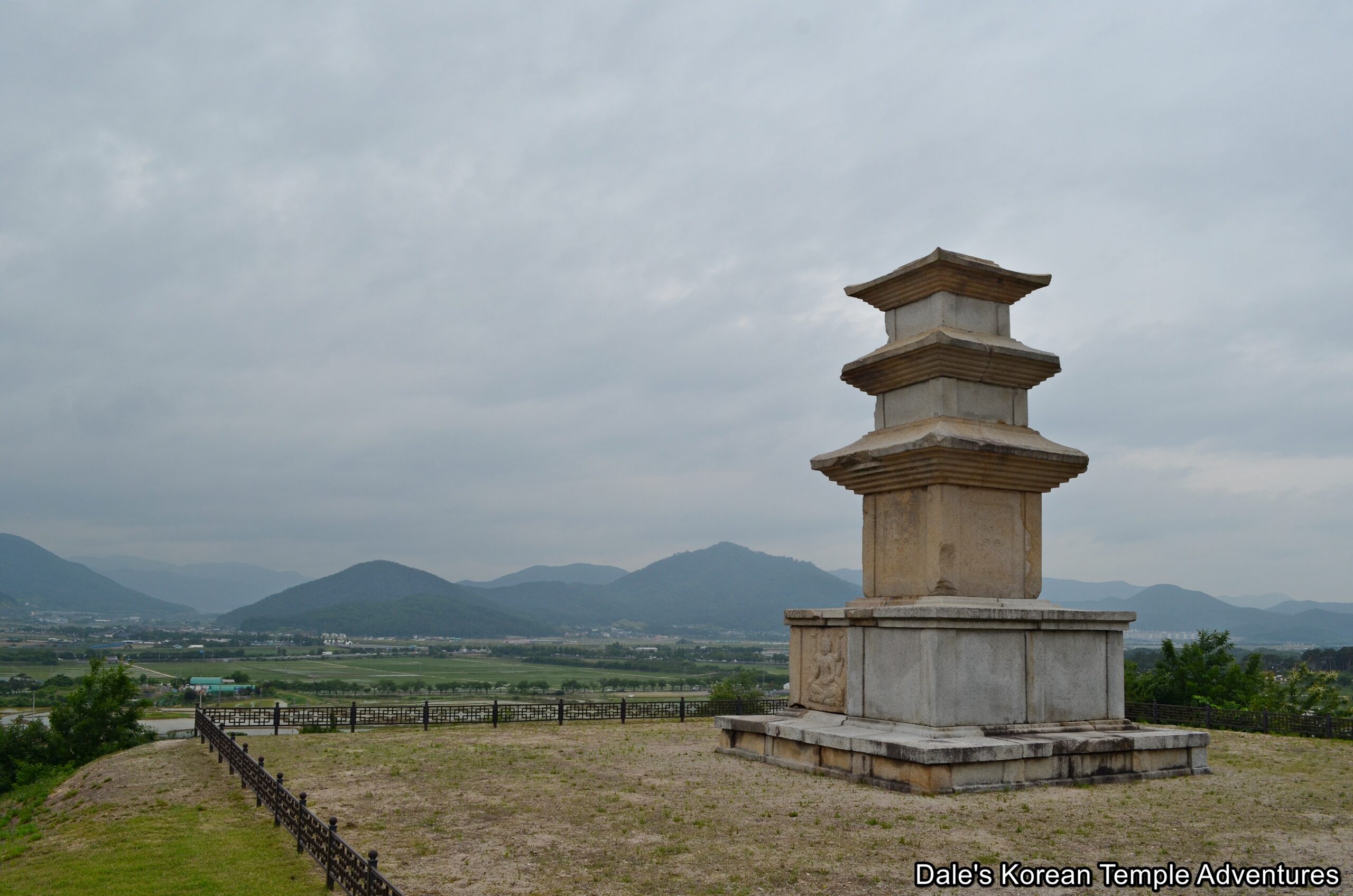
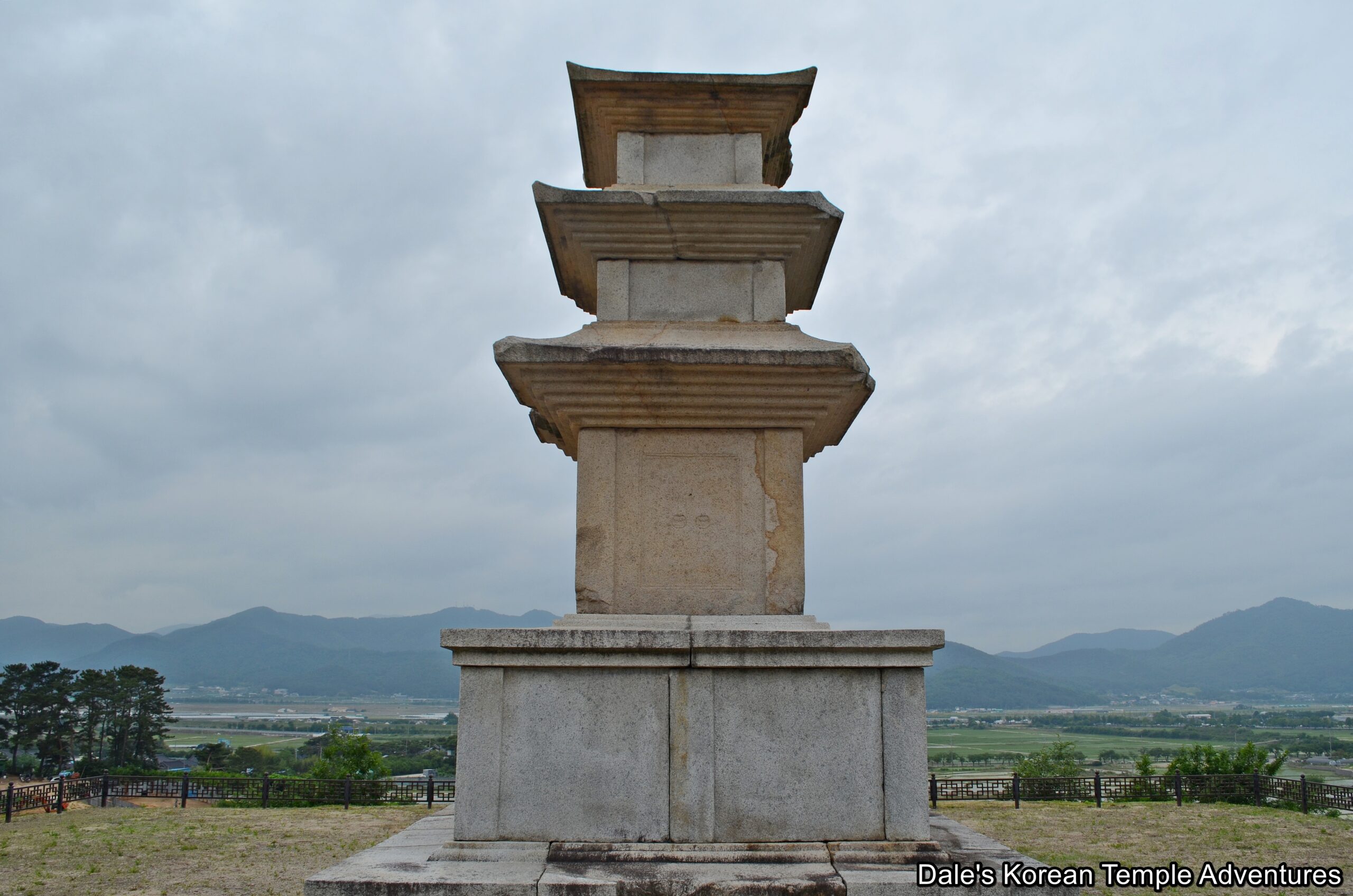
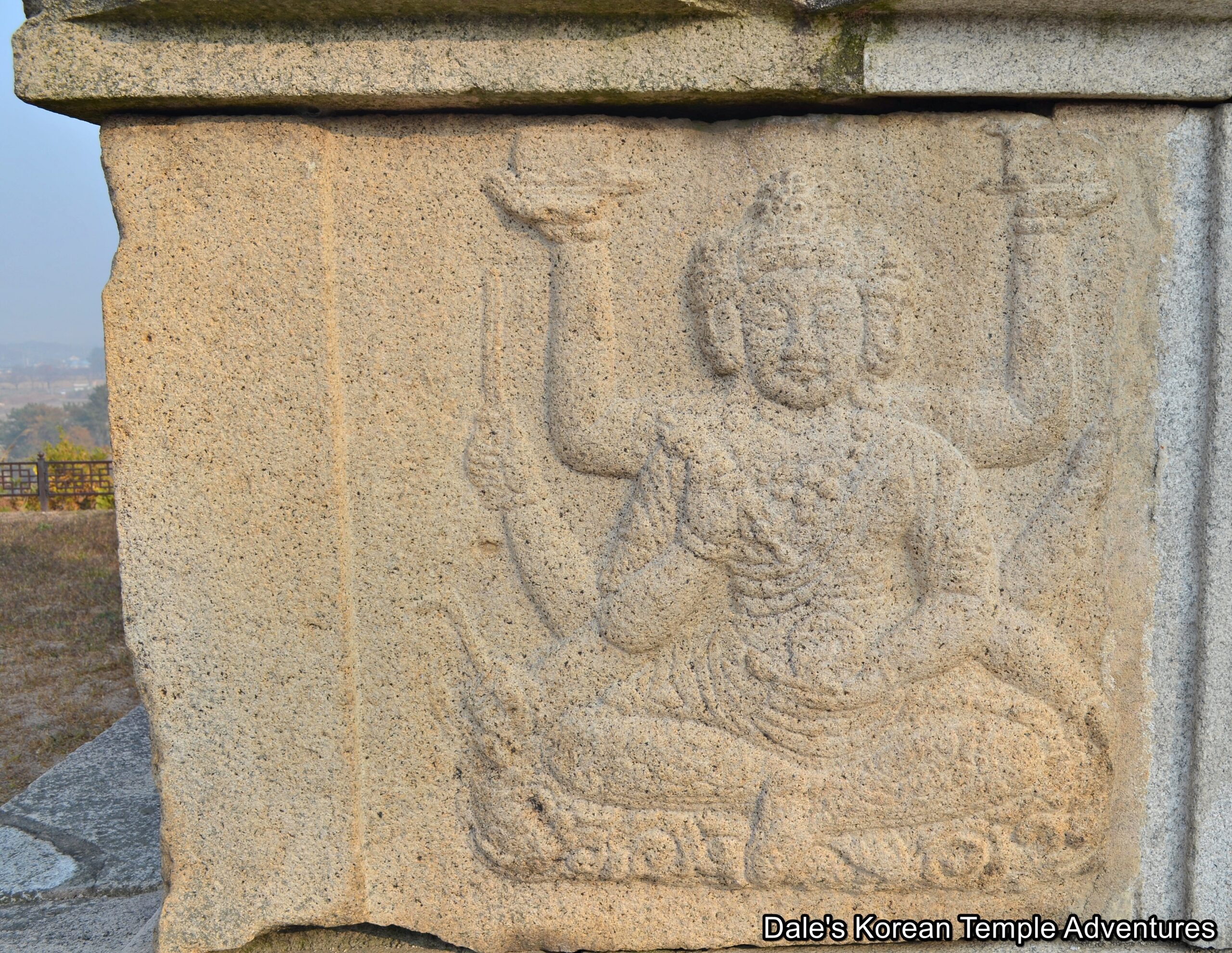
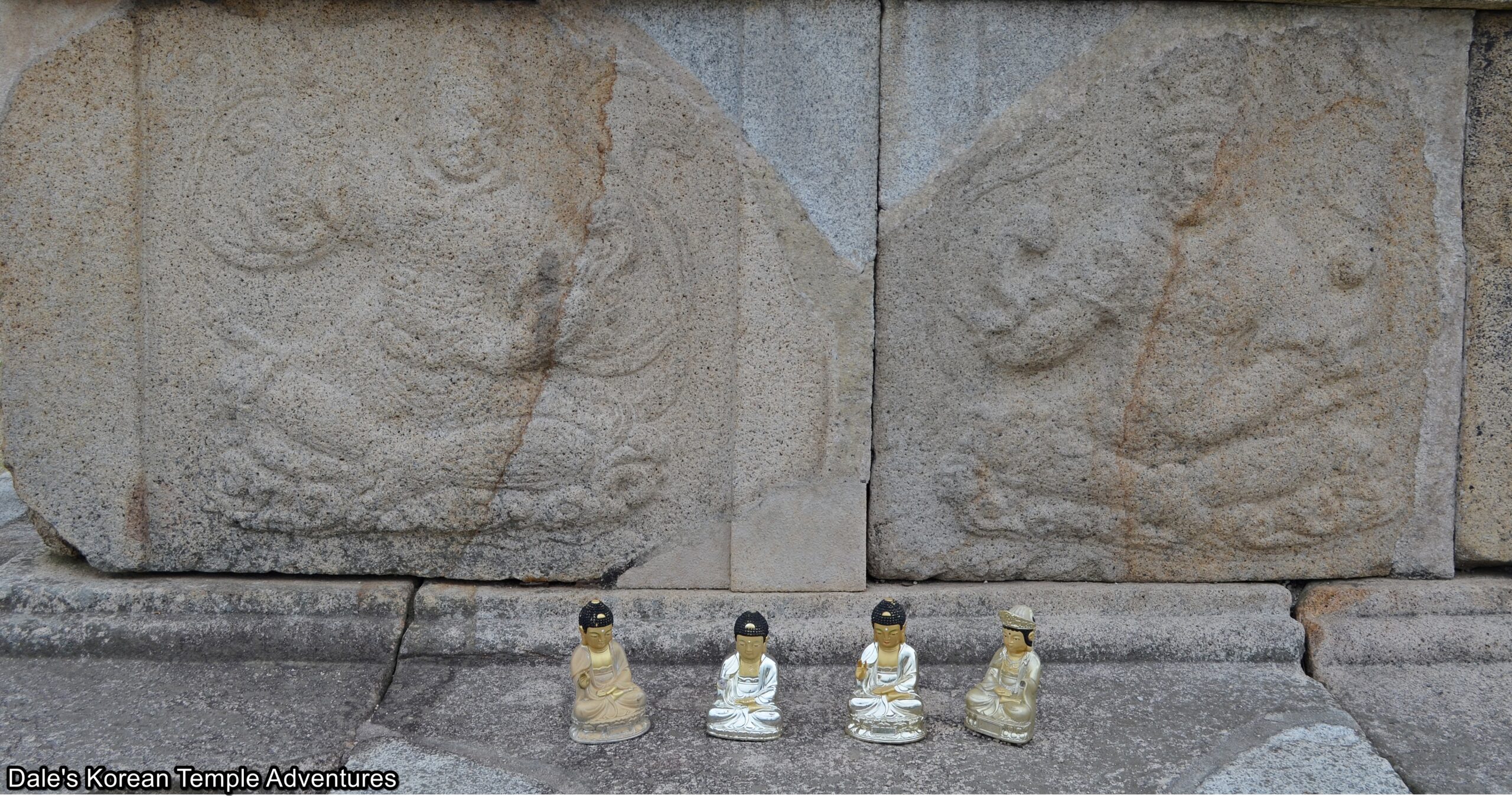
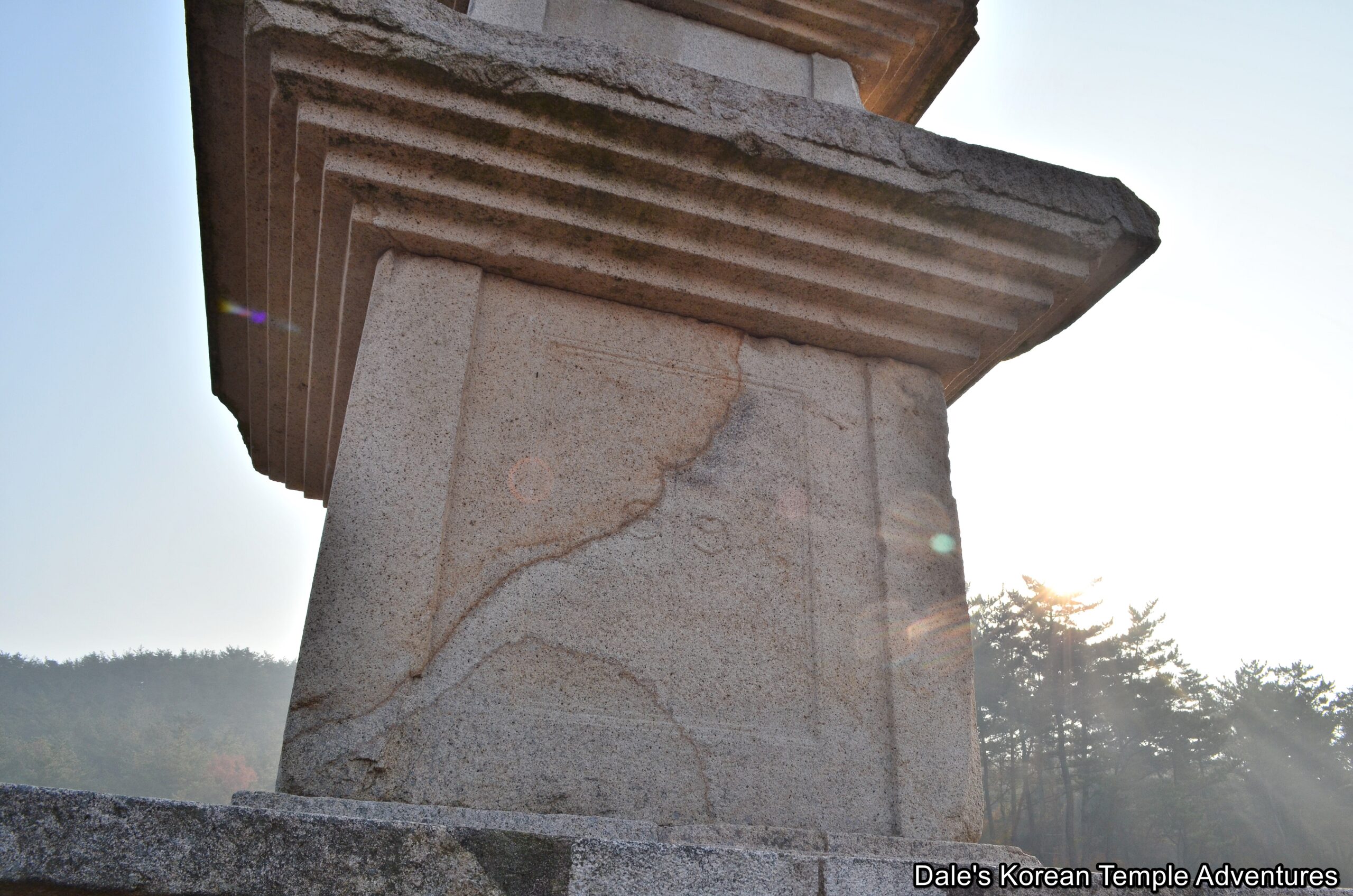
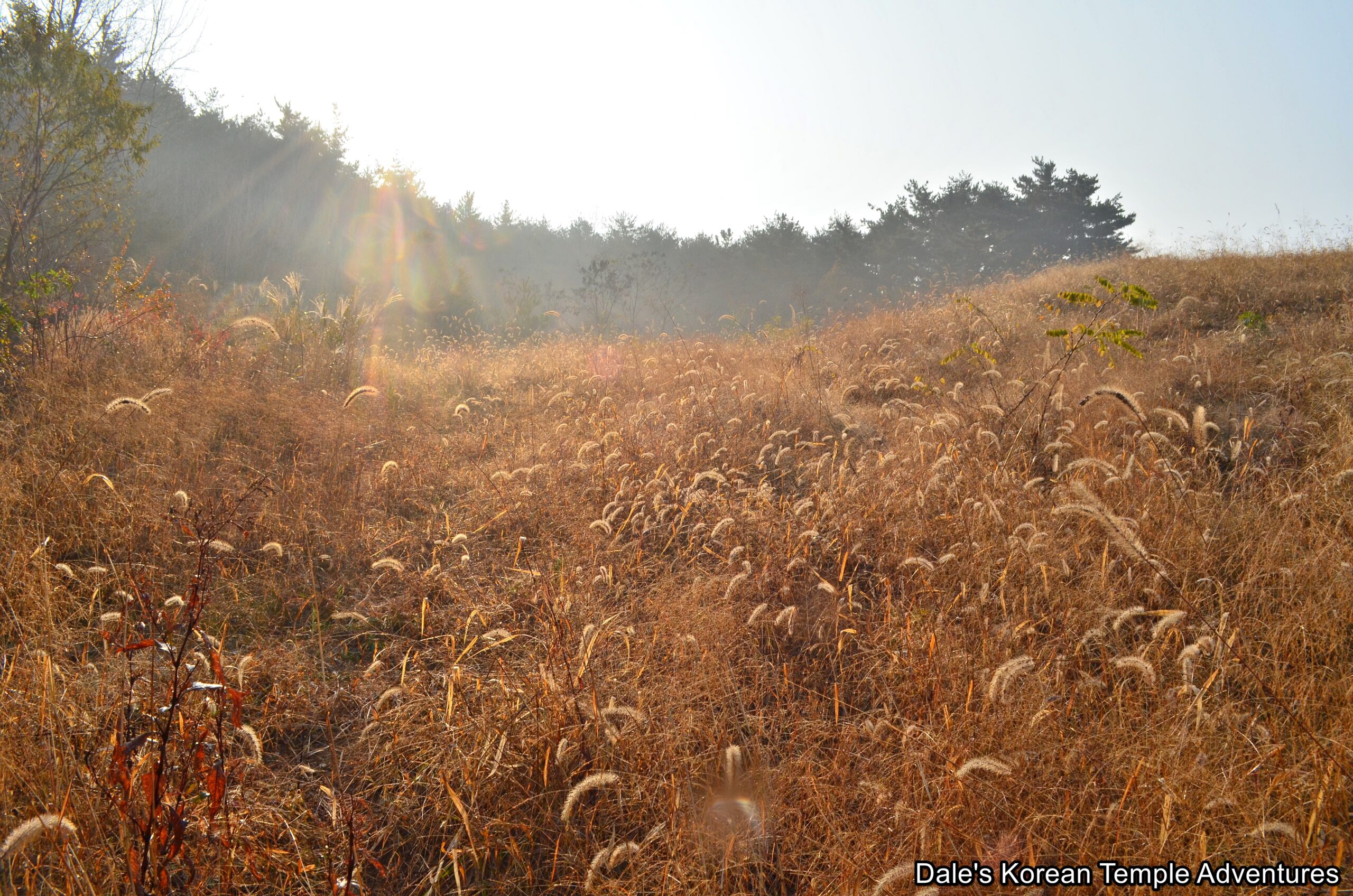
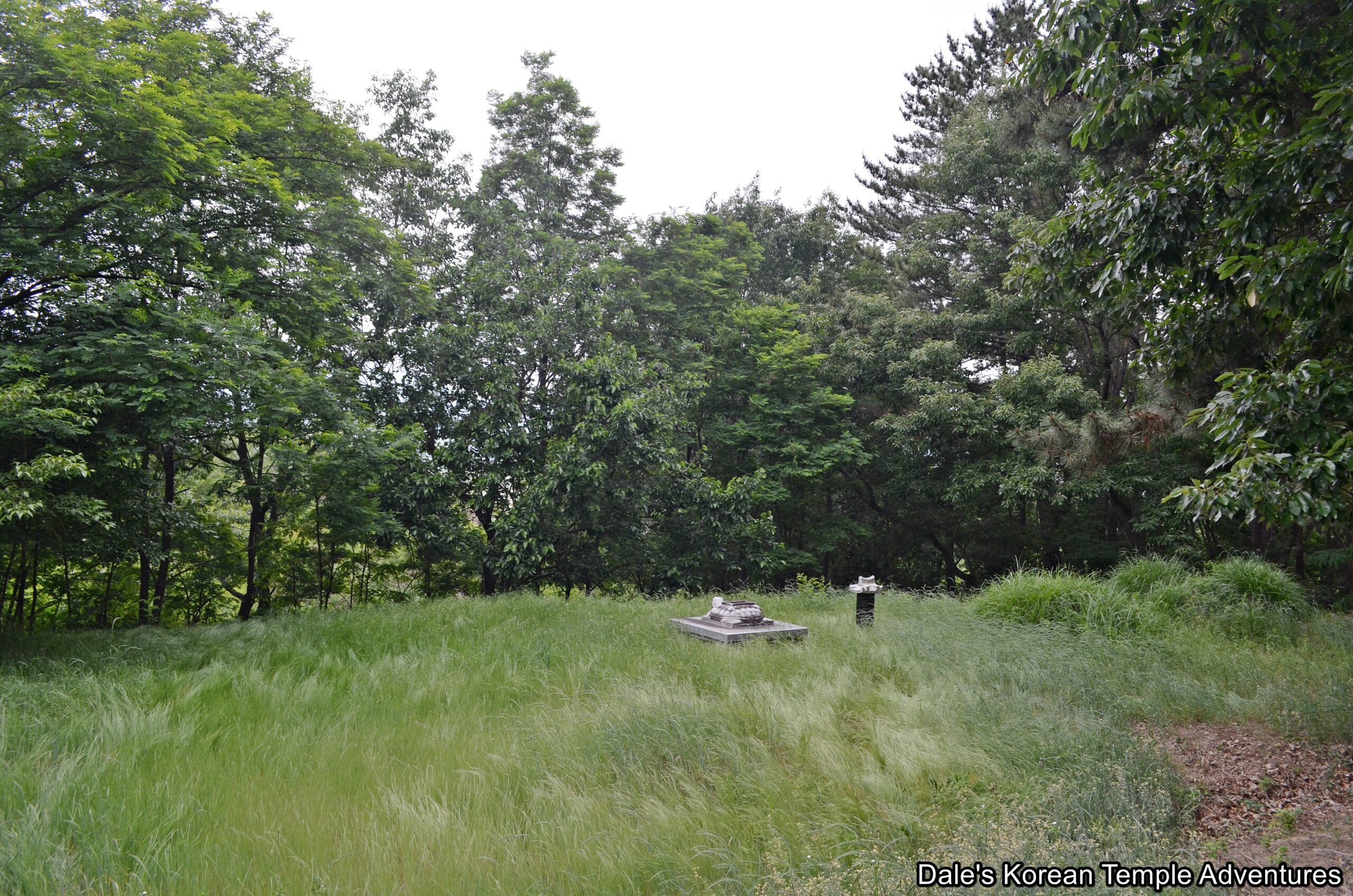
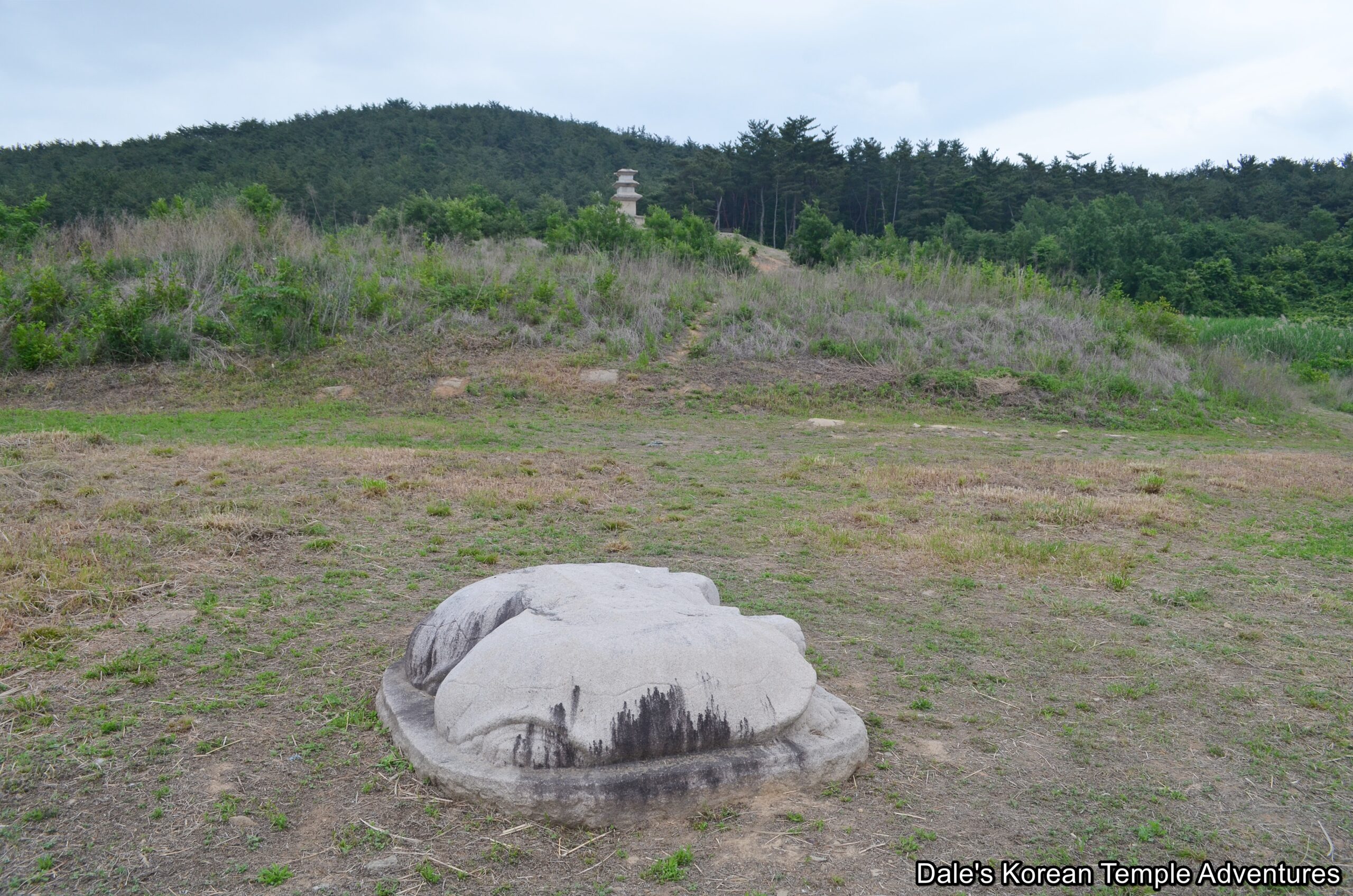

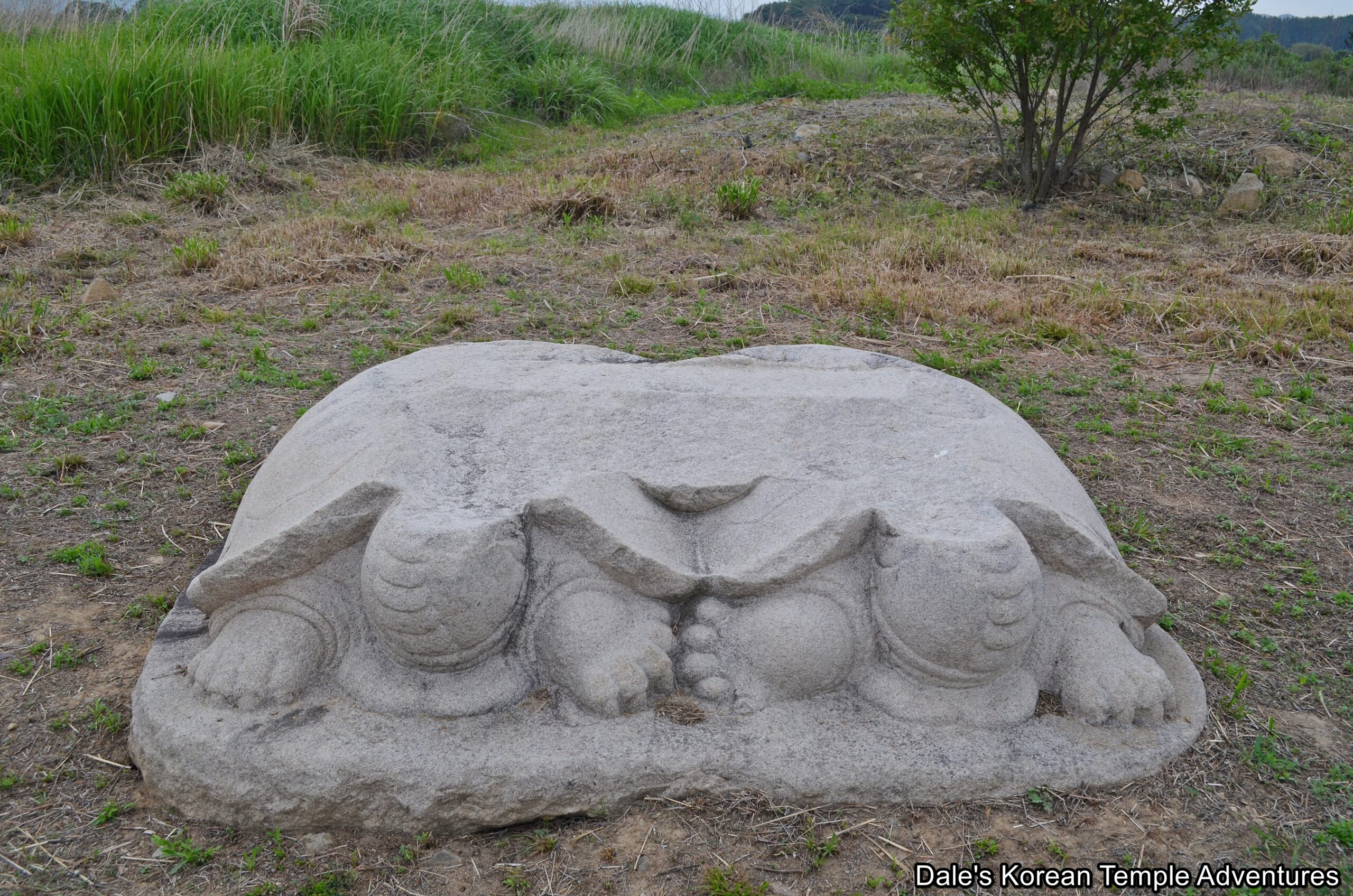


Recent comments